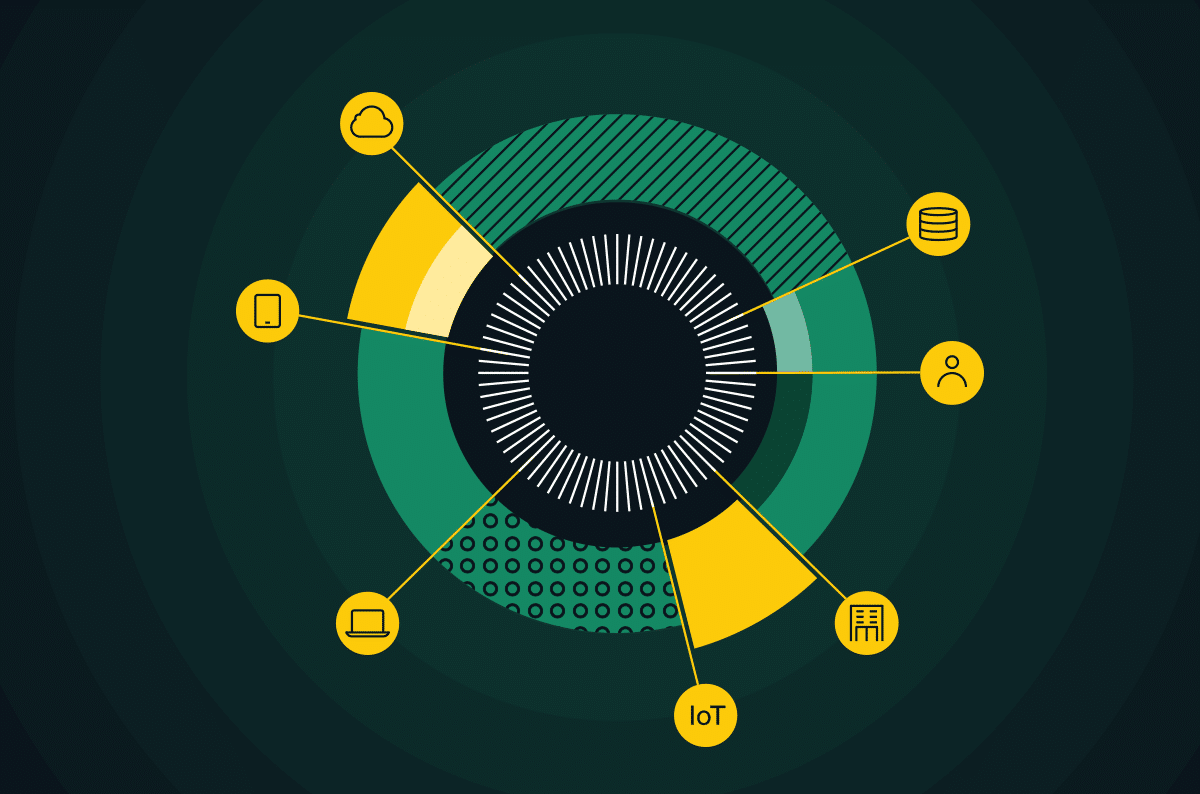|
Listen to post:
Getting your Trinity Audio player ready...
|
SD-WAN has enabled new technology opportunities for businesses. But not all organizations have adopted SD-WAN in the same manner or are having the same SD-WAN experience. As the market gravitates away from SD-WAN towards SASE, research and consulting firm EMA analyzed how businesses are managing this transition to SASE.
In this blog post, we present the key findings from their report, titled “WAN Transformation with SD-WAN: Establishing a Mature Foundation for SASE Success”. You can download the entire report from here.
Research Methodology
For this research, EMA surveyed 313 senior IT professionals from North America on their company’s SD-WAN strategy.
Most Enterprises Prefer SD-WAN as a Managed Service
66% of enterprises surveyed prefer procuring, implementing and consuming SD-WAN solutions as a managed service. Only 21% prefer a DIY approach, and the rest are still determining their preference.
EMA found that SD-WAN as a managed service provides organizations with network assurance, integration with other managed services, cost savings and the ability to avoid deployment complexity, among other benefits. The organizations that prefer the DIY approach, on the other hand, wish to maintain control to customize as they see fit. They also view the DIY approach as more cost-effective and as an opportunity to leverage the strengths of their internal engineering team.
Less Than Half of Enterprises Prefer a Single-Vendor SD-WAN
49% of enterprises surveyed used or planned to use only one SD-WAN vendor, nearly 44% preferred a multi-vendor approach, while the rest were undecided. According to the surveyed personnel, a multi-vendor approach was chosen due to functionality requirements, the nature and requirements of their sites, and the independent technology strategies of different business units, among other reasons.
Critical SD-WAN Features
Not all SD-WAN features were created equal. The most critical SD-WAN features are hybrid connectivity, i.e the ability to forward traffic over multiple network connections simultaneously (33.9%), integrated network security (30%), native network and application performance monitoring (28.8%), automated, secure site to-site connectivity (27.5%), application quality of service (24.3%), and centralized management and control, either cloud-based or on-premises (23.3%).
NEW EMA Report: Establishing a Mature Foundation for SASE Success | Download the ReportSD-WAN Replaces MPLS
The internet has become a primary means of WAN connectivity for 63% of organizations. Almost all the other surveyed organizations actively embracing this trend. This shift impacts the use of MPLS, with the internet is being leveraged more often to boost overall bandwidth.
However, security remains a top concern, with 34.5% of surveyed enterprises viewing security as the biggest challenge for using the internet as their primary WAN connectivity. This is followed by the complexity of managing multiple ISP relationships (25.9%), and lack of effective monitoring/visibility (19.2%).
Operations and Observability
88.5% of surveyed enterprises are either satisfied or somewhat satisfied with their SD-WAN solutions’ native monitoring features. The main challenges revolve around granularity of data collection (32.3%), lack of data retention (30%), lack of relevant security information (28.4%), no drill downs (25.6%) and data formatting problems (25.6%). Perhaps this is why 72.5% of surveyed enterprises use, or plan to use, third-party monitoring tools.
WAN Application Performance Issues
Organizations are struggling with the performance on their WANs. The most common problems were:
- Bandwidth limitations (38.7%)
- Latency (38.3%)
- Cloud outages (38.3%)
- ISP congestion (32.9%)
- Packet loss (25.9%)
- Policy misconfiguration (25.6%)
- Jitter (13.4%)
EMA found that cybersecurity teams were more likely to perceive bandwidth limits as a problem than network engineering teams. In addition, IT governance and network operations teams were more likely to mention cloud outages as a problem and the largest companies reported latency issues as their biggest problem.
Only 38% of Enterprises Believe They’ve Been Successful with SD-WAN
How do enterprises perceive their success with SD-WAN? Only 38% believe they’ve been successful and nearly 50% report being somewhat successful. Perhaps this could be the result of the SD-WAN business and technology challenges they are facing – a skills gap (40.9%), lack of defined processes and best practices (40.9%), vendor issues (36.7%), implementation complexity (26.2%) and integrating with the existing security architecture and policies (24%).
Integrating SD-WAN with SSE
There are a few paths an organization can take on their way to SASE. 54% of surveyed enterprises prefer adding SSE to their SD-WAN solution. Nearly 31% prefer expanding SD-WAN capabilities to achieve SASE and the rest prefer adapting SASE all at once or are still evaluating. In addition, EMA found that a mature SD-WAN foundation helped make the transition to SASE a smoother experience.
Transitioning to SASE
EMA views SD-WAN as “the foundation of SASE, which appears to be the future of networking and security.” Yet, enterprises are still unsure about their path to SASE and how to achieve it. Per EMA, a firm SD-WAN foundation is key for a successful SASE transition, and organizations should strive to deploy a strong SASE solution.
To read the complete report, click here.










